Assessing For Learning
Learner-centered instructional methods are assessing for learning methods that focus on the needs and abilities of individual students. These methods involve actively engaging students in the learning process and providing them with opportunities to think critically and creatively. Some examples of learner-centered instructional methods include project-based learning, inquiry-based learning, and problem-based learning.
Looking for more ways to engage your anatomy students? Download your FREE ENGAGEMENT GUIDE today!
ONE | Case Studies
A case study is a detailed description of a real-life situation or problem. Case studies are often used in assessment activities because they provide a realistic and engaging context for students to apply their knowledge and skills.
In a case study-based assessment, students are given a case study and asked to analyze the situation and come up with solutions. This type of assessment can be used in many different subject areas, including business, psychology, and education.
Some examples of case studies that might be used for assessment include:
- A business case study that describes a company’s financial situation and asks students to come up with a plan to improve the company’s profits.
- A psychological case study that describes a patient’s symptoms and history and asks students to diagnose the patient and recommend a treatment plan.
- An education case study that describes a classroom situation and asks students to come up with strategies for addressing a particular challenge, such as managing student behavior or increasing student engagement.
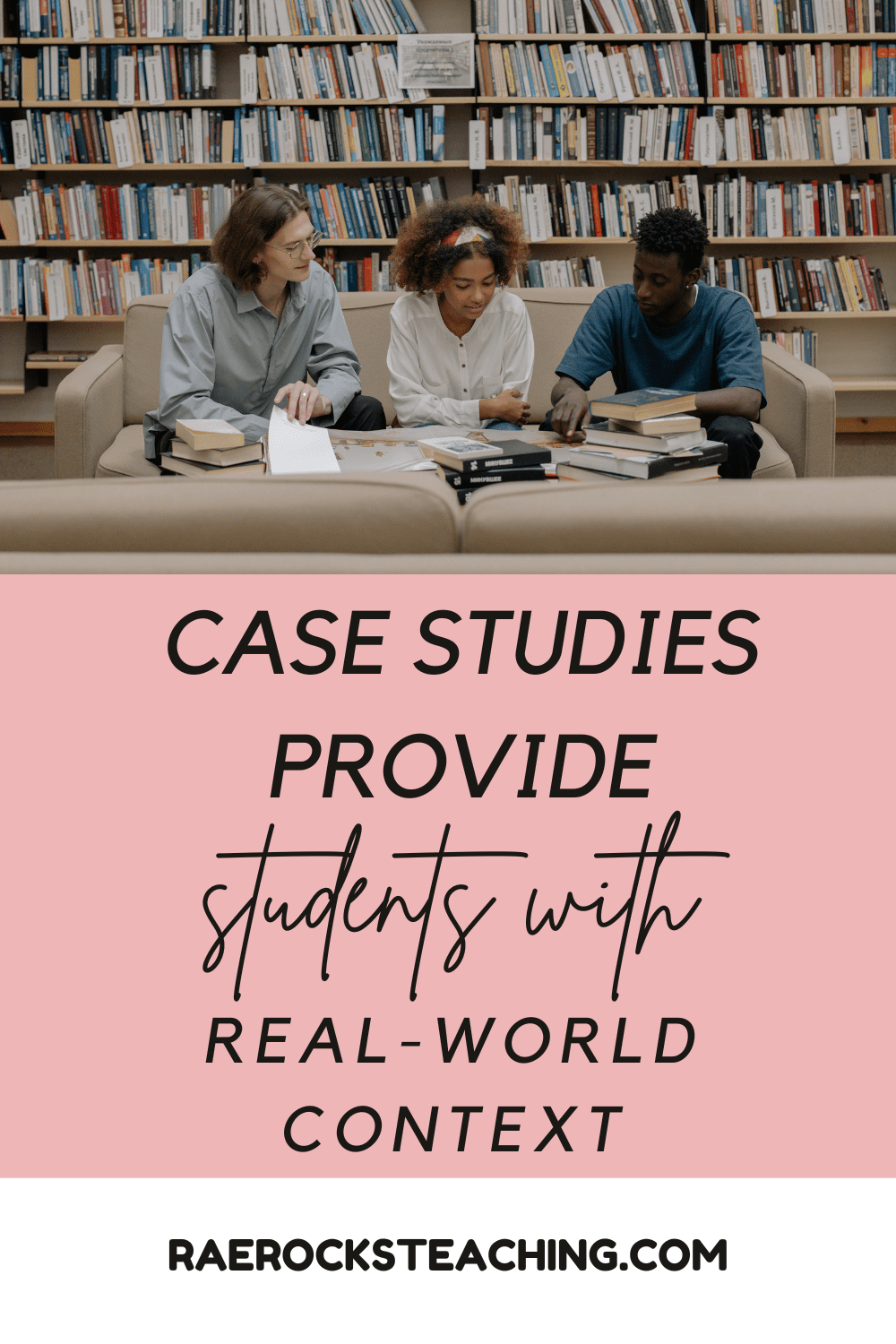
-
Save
Case studies can be a valuable tool assessing for learning because they provide students with a real-world context for applying their knowledge and skills. This can help students develop critical thinking and problem-solving abilities, as well as an understanding of how to apply their knowledge in practical situations.
TWO | Jigsaw Method
The jigsaw method is a cooperative learning technique that is often used in education to promote student engagement and collaboration. In the jigsaw method, students are divided into groups and each student is given a different part of a larger topic to study. The students then come together to share their knowledge and work together to complete a project or activity.
The jigsaw method can be used for assessment in a number of ways. For example, a teacher could use the jigsaw method to assess student understanding of a particular topic by having each student in a group study a different subtopic and then come together to complete a group project that demonstrates their understanding of the overall topic.
Another way to use the jigsaw method for assessment is to have students work in groups to research a topic and present their findings to the class. This type of assessment can help students develop research skills, critical thinking skills, and the ability to communicate their ideas effectively.
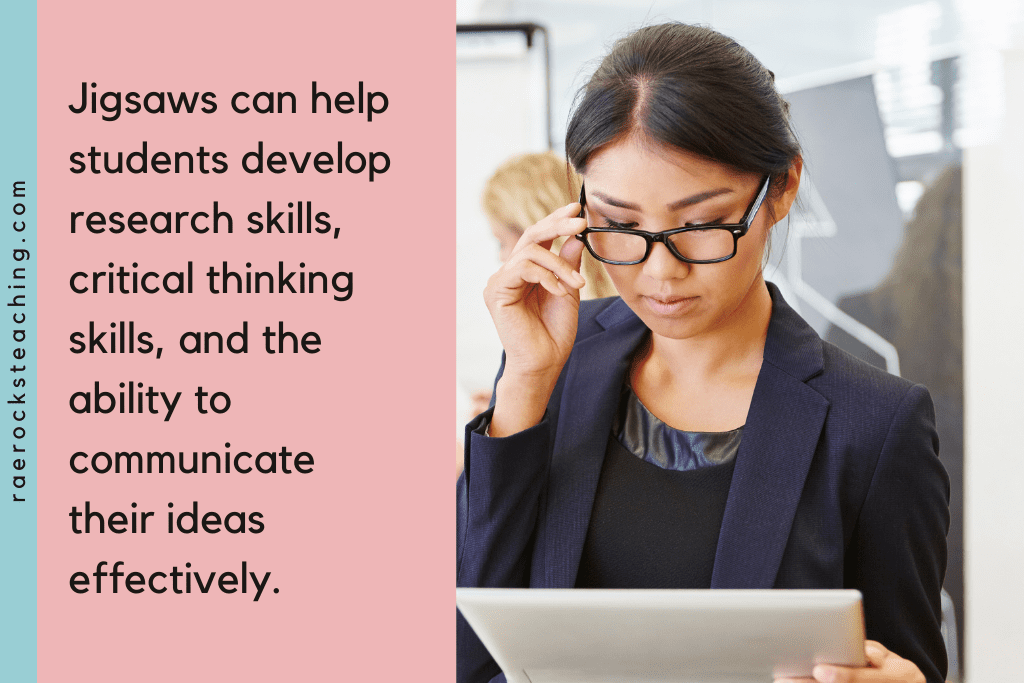
-
Save
Overall, the jigsaw method is a flexible and effective tool for assessment that can be used in many different subject areas and with students of all ages. It promotes collaboration, engagement, and the development of important skills that are essential for success in school and beyond.
THREE | Experiments
Experiments are a common type of assessment activity that is used in many different subject areas, especially in science and mathematics. An experiment is a controlled study that is designed to test a specific hypothesis or question.
In an experiment-based assessment, students are given a question or problem to investigate and are asked to design and conduct an experiment to test their hypothesis. This type of assessment can be used to evaluate student understanding of scientific concepts and principles, as well as their ability to design and conduct experiments.
Some examples of experiments that might be used for assessment include:
- A chemistry experiment that tests the effect of different concentrations of a chemical on the rate of a reaction.
- A biology experiment that investigates the effect of different temperatures on the growth of a plant.
- A physics experiment that measures the speed of a falling object.
Experiments can be a valuable tool assessing for learning because they provide students with the opportunity to apply their knowledge and skills in a hands-on, interactive way. This can help students develop critical thinking and problem-solving abilities, as well as an understanding of the scientific method and the importance of conducting experiments in a controlled and systematic way.
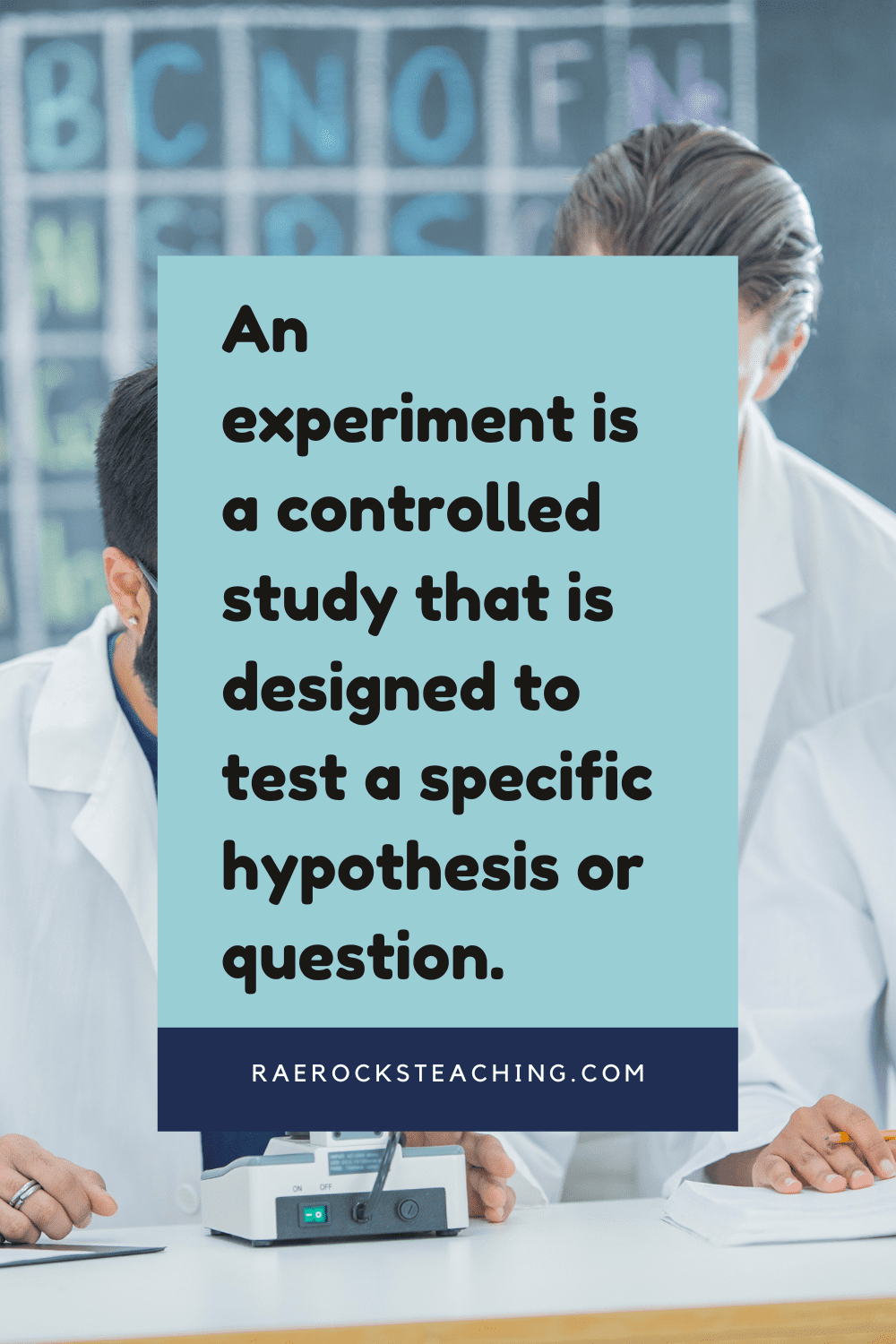
-
Save
FOUR | Simulations
Simulations are a type of educational tool that is often used for assessment. A simulation is a computer program or other interactive tool that is designed to mimic a real-world situation or process. Simulations are often used in fields such as business, engineering, and medicine to help students learn and practice complex concepts and skills.
Simulations can be used for assessment in a number of ways. For example, a teacher could use a simulation to assess student understanding of a particular concept or process by having students use the simulation to complete a specific task or scenario. This type of assessment can provide students with immediate feedback on their performance and allow them to see the consequences of their actions.
Another way to use simulations for assessment is to have students design and create their own simulations. This can help students develop problem-solving skills, critical thinking skills, and the ability to apply their knowledge in a practical setting.

-
Save
Overall, simulations are a versatile and engaging tool for assessment that can be used in many different subject areas and with students of all ages. They provide students with the opportunity to learn and practice complex concepts and skills in a realistic and interactive way.
FIVE | Projects
Project-based assessment is a type of assessment that involves having students complete a project or long-term assignment that demonstrates their understanding of a particular topic or concept. Projects can take many different forms, such as research papers, experiments, presentations, or group projects.
Project-based assessment can be an effective way to evaluate student learning because it allows students to apply their knowledge and skills in a real-world context. This type of assessment can also help students develop important skills, such as critical thinking, problem-solving, and communication.

-
Save
Some examples of projects that might be used for assessment include:
- A research paper that requires students to investigate a particular topic and present their findings in a written report.
- An experiment that requires students to design and conduct a scientific experiment to test a specific hypothesis.
- A group project that involves students working together to research a topic and present their findings to the class.
- A presentation that requires students to create a presentation and give an oral presentation to the class.
Overall, projects are a valuable tool for assessment because they provide students with the opportunity to demonstrate their knowledge and skills in a meaningful and engaging way. This can help students develop a deeper understanding of the material and build important skills that are essential for success in school and beyond.
SIX | Games
Games can be a valuable tool for assessment because they provide a fun and engaging way for students to learn and practice new concepts and skills. Games can be used to assess a wide range of skills, including problem-solving, critical thinking, collaboration, and communication.
There are many different types of games that can be used for assessment, including board games, card games, and computer games. Some examples of games that might be used for assessment include:
- Board games that require students to apply critical thinking and problem-solving skills to compete against other players.
- Card games that require students to remember and apply specific information, such as math facts or vocabulary words.
- Computer games that require students to complete challenges or solve puzzles to progress through the game.
Games can be particularly effective for assessment because they provide immediate feedback and allow students to see the consequences of their actions in a safe and controlled environment. This can help students develop a deeper understanding of the material and build important skills that are essential for success in school and beyond.
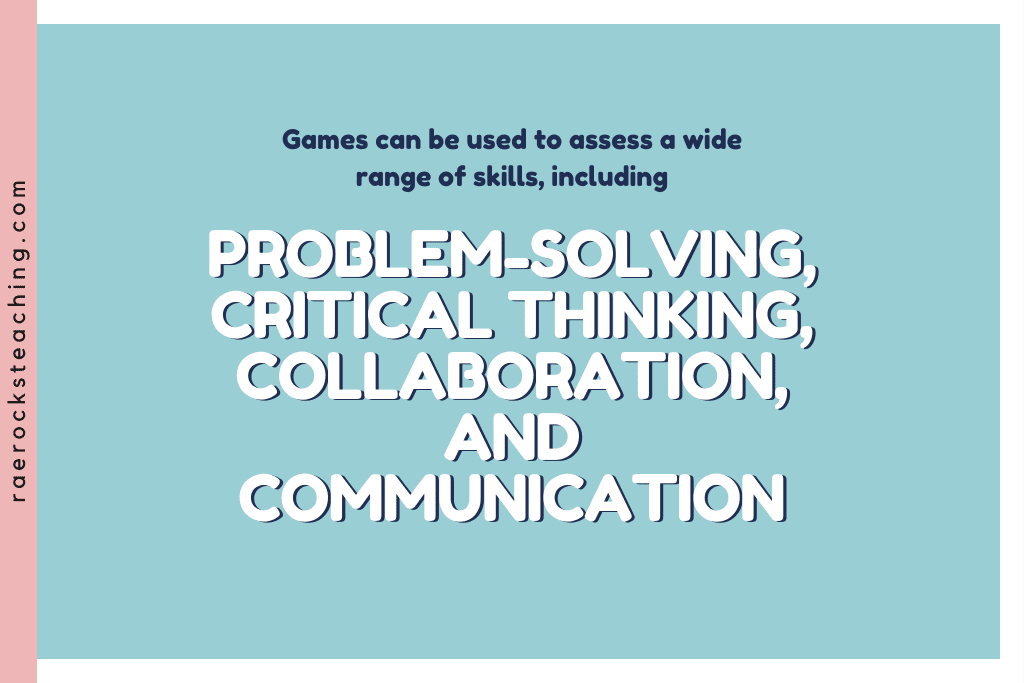
-
Save
SEVEN | Competitions
Competition can be a useful tool assessing for learning because it provides students with a goal to strive for and motivates them to do their best. In a competitive assessment, students compete against each other to see who can demonstrate the best understanding of a particular topic or skill.
There are many different types of competitive assessments that can be used, depending on the subject area and the goals of the assessment. For example, a teacher might use a quiz bowl or trivia game to assess student knowledge of a particular subject, or a spelling bee to assess students’ ability to spell correctly.
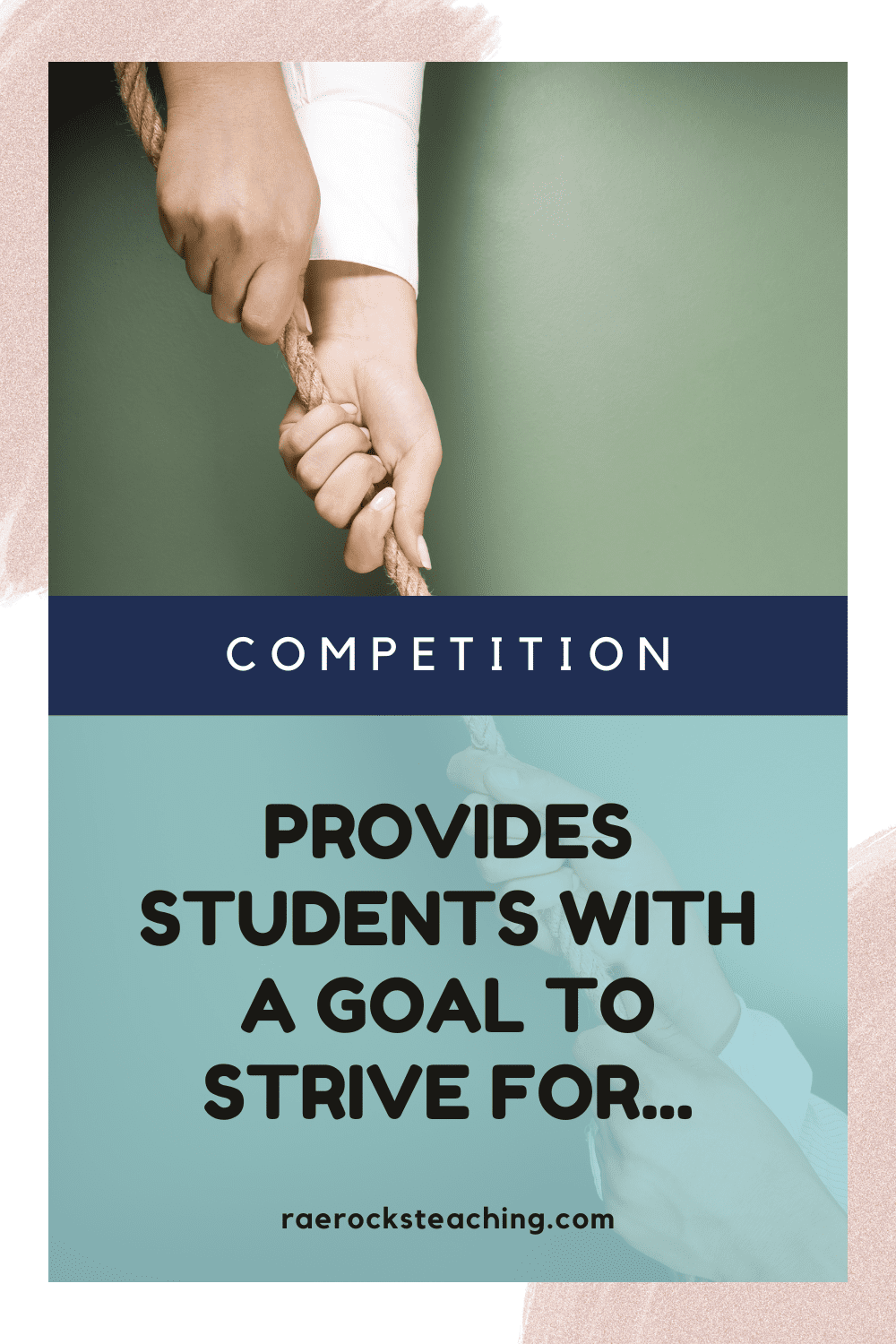
-
Save
Competitive assessments can be effective because they provide students with a sense of challenge and accomplishment. They can also be engaging and enjoyable, which can help keep students motivated and engaged in the learning process. However, it is important to carefully consider how competition is used in assessment, as it can also create stress and pressure for some students. It is important to strike a balance and make sure that competition is used in a way that is fair and beneficial for all students.
Assessing Learner Needs
Assessing for learning is an important part of the teaching process. It involves evaluating student learning to determine what they know and what they still need to learn. This can be done through a variety of methods, such as quizzes, tests, group discussions, and projects. By assessing for learning, teachers can identify areas where students may be struggling and provide targeted instruction to help them improve. This can help ensure that all students are able to learn and reach their full potential.
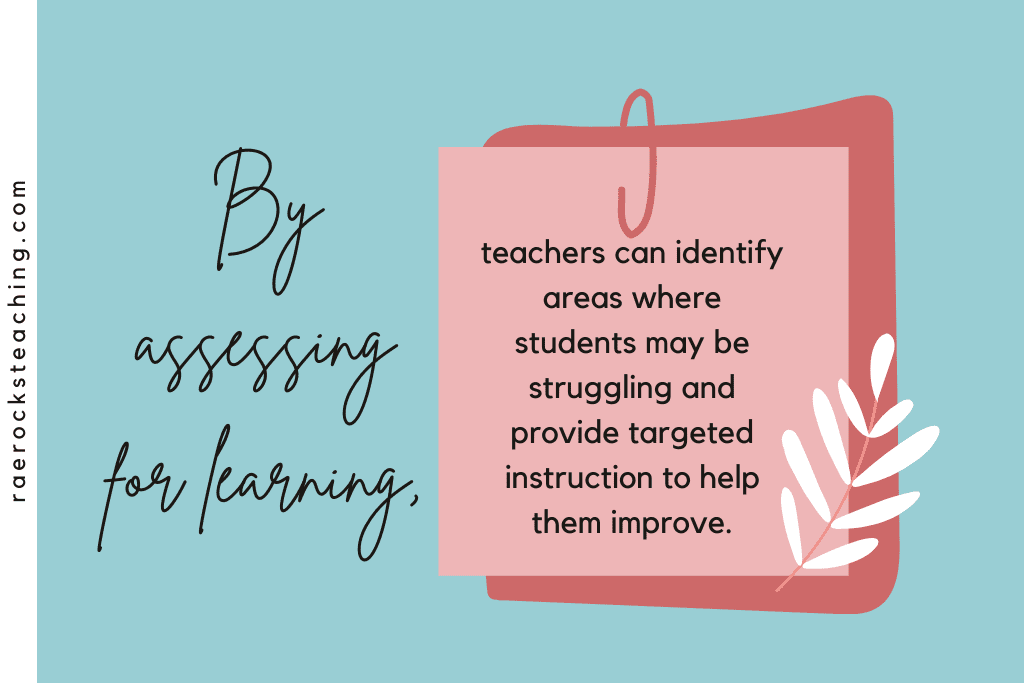
-
Save
Don’t forget to grab your FREE COPY of your Engagement Guide!

-
Save
I love sharing helpful content with y’all and would love to connect on IG or Facebook. I’m on TikTok too! Follow me and send me a DM with what you need more of because I’m here to help! If you are looking for even more inspiration, find me on Pinterest!
Wanna read more?
Creative Ways To Teach the Human Reproductive System Anatomy
Fun and Creative End of Year The Human Body As A System Project
3 Unique Ideas for Biology Projects to Ramp Up Your Students Creativity
Share via:

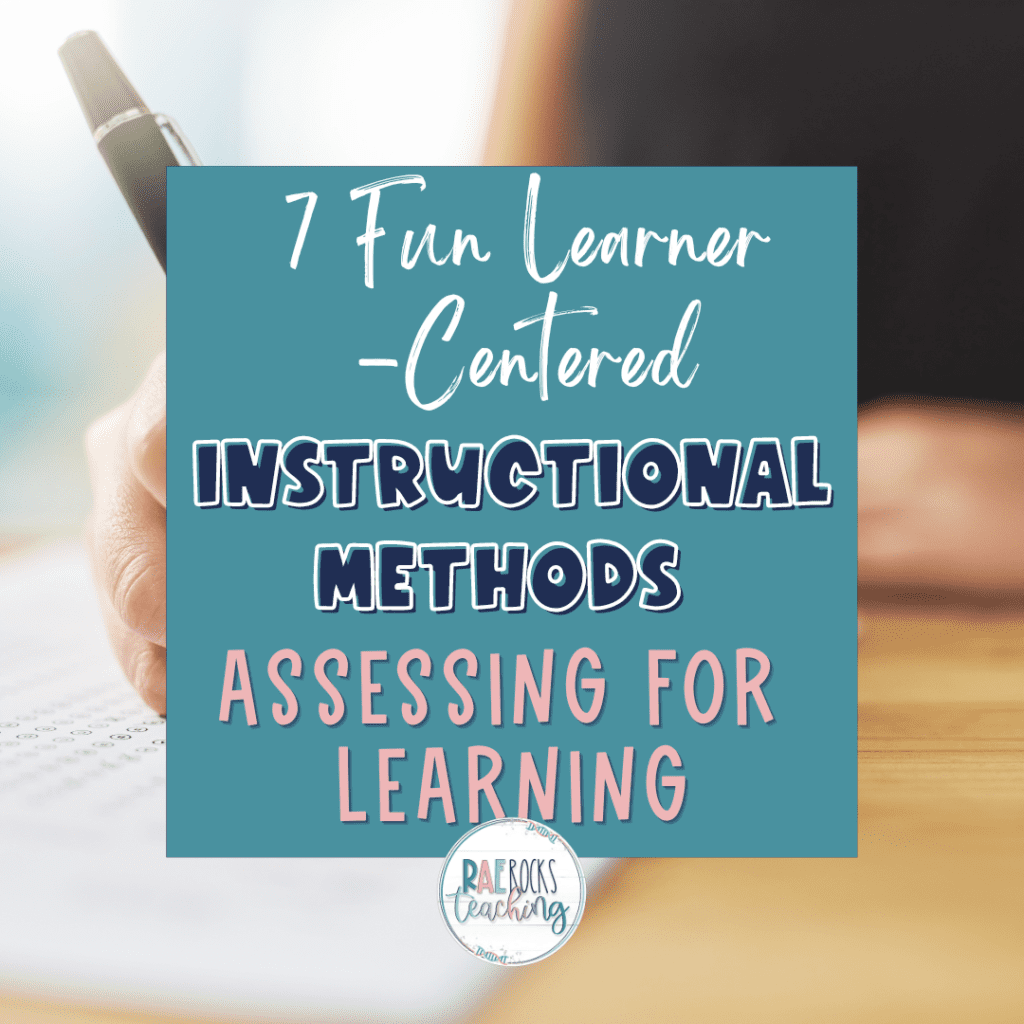







One Response